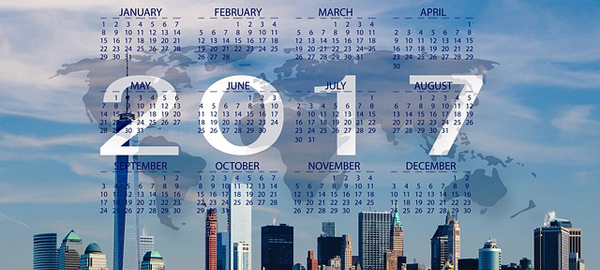Each January, the research team at Ardent Partners gathers and performs a comprehensive review of the primary research that we have conducted over the past 24 months. We then gaze into our crystal ball to identify the big trends that have impacted procurement in recent times and will impact them in the year ahead. We also make a series of predictions about procurement in 2017. The process is a culmination of the years of research conducted by our team and the result is an annual webinar focused on the Big Trends and Predictions (click to hear or download the recording) that will impact Procurement in the year ahead.
The webinar ran last week and covered many topics that we think are important for Chief Procurement Officers and other procurement pros to consider as they advance into 2017. Because of that, we decided to make the recording available to our readers for 1 week. You can access the webinar recording and get more information about it by clicking here.
Today, I will discuss one procurement trend that continues to accelerate with each passing year and an associated prediction.
Big Trend: Procurement Technology Suites
In the procurement world, the “source-to-settle” process encompasses a wide range of distinct, but directly related, processes. Our research has shown that procurement departments increasingly pursue more than one application at a time. There have been a variety of factors that have been driving procurement organizations in recent years to adopt what I would call this “suite mentality” when they start think about process automate and organizational transformation. It started on the “buy” side with the increasing sophistication that procurement organizations around the globe have developed which translates into an ability to
- Make stronger/better arguments for larger investments in the function
- Take a longer view on those investments
- Think more holistically about the entirety of procurement processes and operations
It was matched on the “sell” side of this market by solution providers who continue to expand their solution footprints to incorporate more processes and ultimately bring solution suites to market. In this case a suite may be one focused on either upstream (strategic sourcing) or downstream (procure-to-pay) or the entire source-to settle process.
Other big factors include the universal sourcing strategy of consolidating spend with fewer suppliers to gain better leverage in negotiations and the introduction of cloud-based solutions which dramatically changed the cadence of new solution releases or upgrade (for example, managing the upgrade cycles of 5 or 6 different solution providers could mean 10 to 18 different release/upgrade events across the portfolio)
Usability and adoption are also factors that can benefit from the use of a suite that offers single sign-on and a common navigation and user experience. Increased data standardization, visibility, and integration across the full workflow help to drive compliance and management efforts.
The main point is that there are many reasons why the market over the past five or six years has moved in the suite direction.
Big Prediction: Procurement Suite RFPs Reach a Tipping Point in 2017
The trend above is one that I have tracked for more than decade and I believe that we are finally at a point where the percentage of multi-application or procurement suite RFPS will become the clear majority in 2017. Anecdotally, this may have appeared to be the case in 2015 and 2016, but the reality is that our surveys across hundreds of RFPs has placed suites slightly below the majority.
[Quick Sidebar: Our annual CPO Rising survey that hits on this topic and many others is now live]
Procurement organizations can still elect to take a modular approach to their technology deployments – many, will in fact do so in 2017. And, while counter to the overall trend, it is still fine to take this approach. Ardent’s recommendation, however, is that even if the focus and/or budget is only available for single technology application, new technology investments should be made in the context of a strategic plan that views that incorporates the full scope of procurement activities over a longer term.
RELATED RESEARCH
Take the CPO Rising 2017 Survey Today
Procurement 2017: When Trends Collide
One Job, Two Legacies: How CIOs and CPOs Historically Evaluated Enterprise Technology
How Did We Do? Revisiting Our 2014 Predictions (Part I)

